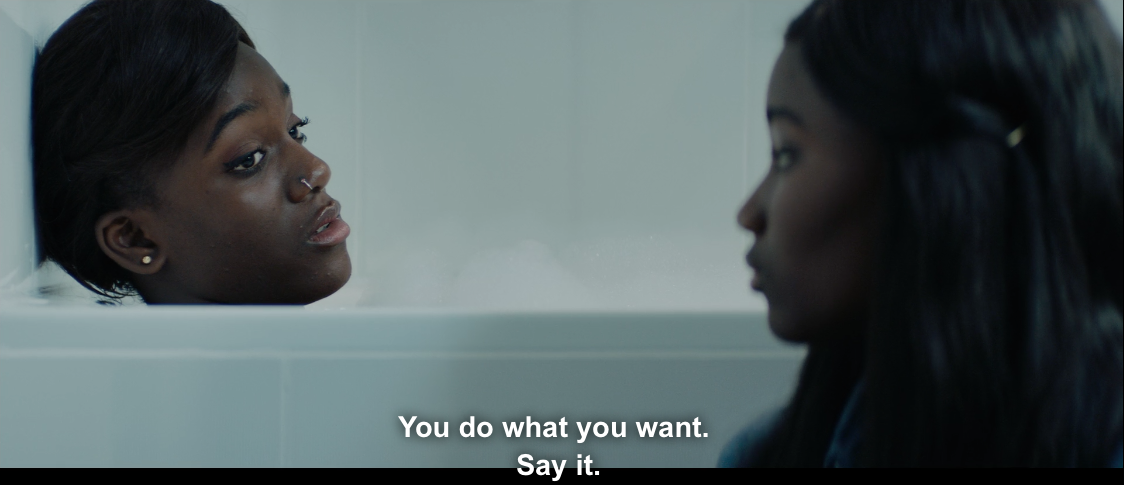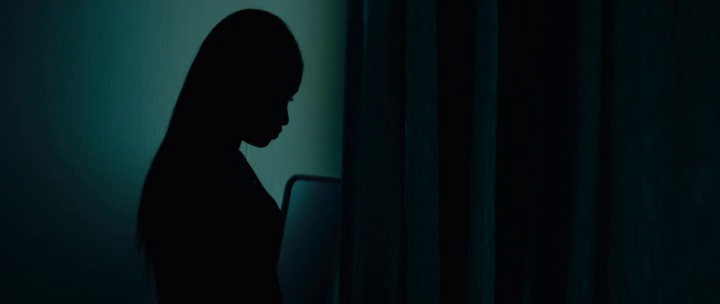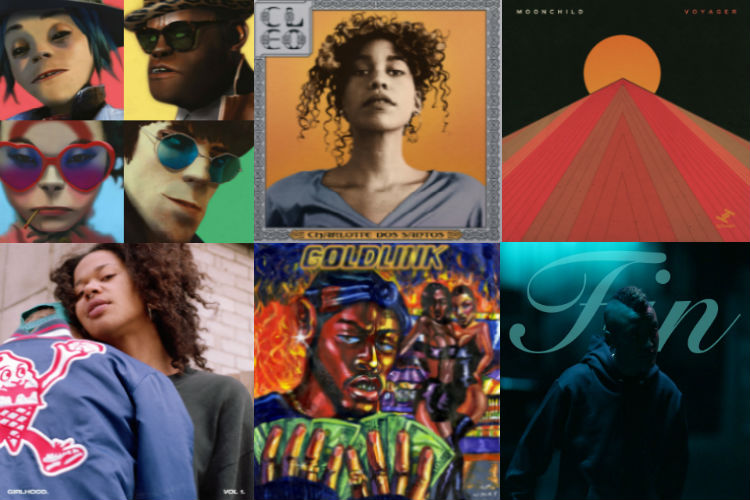
This edition of gal-dem film club is a bit of a weird one. While I’m still doing what I set out to do and writing about a film that’s about women of colour, it’s probably one that you’ve heard of, if not already seen. And while I will be celebrating certain aspects of it, I’m more interested in picking apart and discussing it, flaws and all. Because yes, ladies and gents, it’s been one year since the UK release of Celine Sciamma’s Girlhood.
I don’t know about you, but I spend a lot of time actively encouraging people to watch certain films. I work in a cinema and during the summer of 2015, the “glory days of black film” as I like to call them, we had a whole host of films by and about black people showing on our screens: from Girlhood to Straight Outta Compton, Dear White People to Dope to Creed. Regardless of all of the films being more than a little problematic, (apart from Creed. Creed is flawless. Michael B Jordan is flawless. Tessa Thompson is flawless. Go watch Creed!) I’d still actively recommend them to my co-workers and customers, purely so that these imperfect films about black characters were getting seen. A year on, and I still feel the same about Girlhood, but I can now see that it’s a very flawed film. Still, I feel very protective over it and want people to watch and love it. I’ll still get angry if a white person disses it. It’s like some sort of weird child to me.
Girlhood is a good film. There are lots of fantastic aspects about it. It’s a film that addresses the fact that, generally, things are pretty shit for black women. But more than that, it shows brief glimpses of the magical moments that can happen through female friendship, and (gasp!) not just any female friendship but black female friendship. Is there a scene that stirs up more emotions in recent years than the now infamous scene where the four girls dance to the entirety of Rihanna’s song Diamonds? A scene that, through its incredible blue lighting, actually manages to capture the breathtaking beauty of black skin. A scene that builds and builds thanks to its perfect song choice. A scene that truly shows perfectly, through four girls sharing a moment of pure giddy carefree joy in a hotel room, how sacred and closed off female friendships can be. It’s hard to think of another scene that says so much in just a few minutes.
But to focus on one really great scene is to ignore the problems with Girlhood. It’s a film that initially claims to be about what it’s like to be a black girl in France, but that’s not really what it’s about. In the same way that Pedro Almodovar films female emotion because “women weep better”, without ever really going inside their sadness, Sciamma positions a camera and films her protagonist’s life without ever really entering inside it. We see the characters emotions from a distance, as if through a pane of glass. The film is essentially fictionalised ethnography (a style of film-making where a subject films a culture that they themselves do not belong to). It all came about because Sciamma saw groups of black girls on an estate and thought they looked cool. The film, Sciamma herself has admitted, isn’t even about being black in France. It’s just about being a youth in France.
This makes a lot of sense when watching the film as you can see that Sciamma’s focus isn’t really the friendship between protagonist Vic and her girl gang. She cares more for two things: firstly, showing the difficulty and “ugliness” in Vic’s working class life, and secondly, trying to find the “beauty” in that “ugliness”. Yep, just like so many films globally (take La Haine, City of God, Beasts of the Southern Wild or even the recent Dheepan as examples), Sciamma, a middle-class white women, enters a lower class non-white environment and tries to find beauty in something that she and the audience are conditioned to find ugly. In a way, there’s no shame in this. Why shouldn’t a director want to challenge audience’s expectations? But it means that so much time is given over to aesthetic and style that the story is lacking.
There are so many plot holes in Girlhood, because Sciamma spends more time playing around with blue lighting than she does telling us what happens to Vic and her friends. The film is divided up by fades to black, after which we find Vic in a new phase of her life. The last of these phases is the most jarring and the most upsetting. We find Vic has abandoned her friends and family to become a drug dealer.
When I saw the film in the cinema, the audience let out audible moans to see this predictable fate played out once again. But I tried to give Sciamma the benefit of the doubt – maybe a point would be made through this narrative choice. But no, the film rapidly loses steam in this section. Also at this point, Vic’s friends drop out of the film completely, spoken of but never seen. So while the film’s final scene, in which Vic strides off screen into a future that’s unseen and a mystery to us, brings it back together, it’s incredibly frustrating that the story completely falls apart just before it finishes.
Despite its artistic flourishes, and its moments of beauty, (the scene in which Vic tells her friends “I stopped and I watched you, and you were beautiful, so beautiful”, still gets me emotional) Girlhood’s got a lot to answer to. Just like the other films listed above, it’s a film about non-white people that white people can so easily stake a claim on, due to the beauty of its cinematography, and its themes of female friendship. Girlhood promised to be a film about black girls, for black girls, but it’s not really. Any group of girls can get drunk, put Diamonds on, and be like “look, it’s like we’re in Girlhood!”. Sciamma offers us something, toys with us, then inevitably pulls it away.
The film is right, black girls are beautiful. But we’re more than what this film tells us we can be. So while I’ll always appreciate Girlhood for existing, I think of it as more of a stepping stone, something that only just touches the surface of the beauty of black women and black female friendships. There’s still so much more that can be said, and more than just some blue lighting to show us these subjects.










